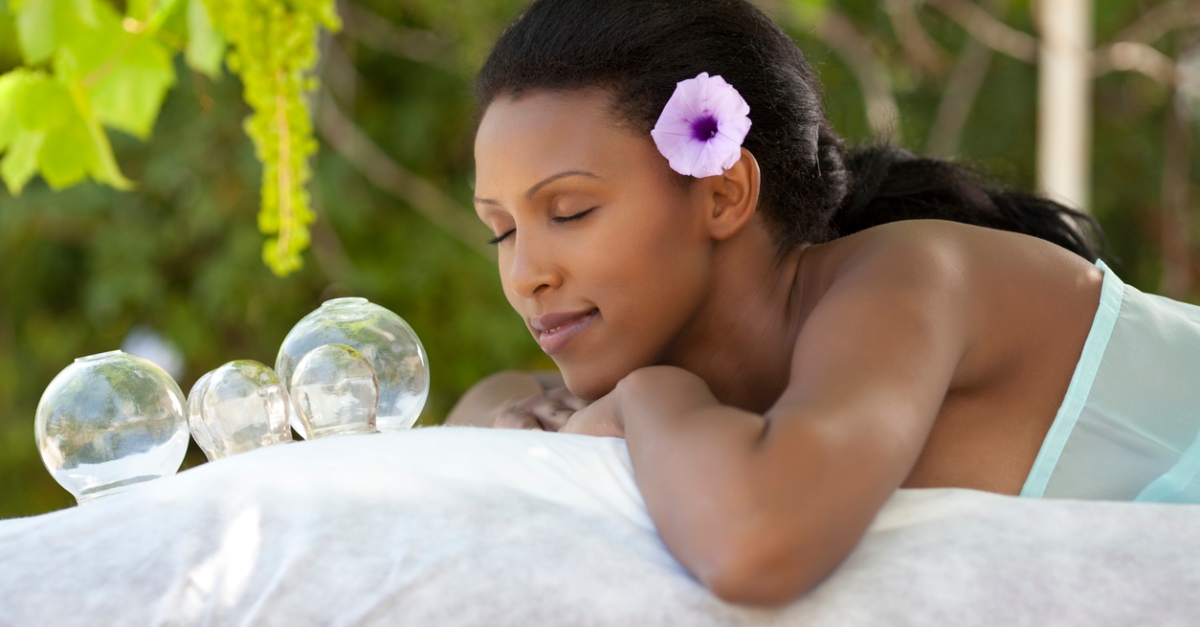
One of the not-so-fun things I inherited from my mom is her predisposition to migraines. Everyone on my mom's side of the family gets migraines, from my grandma to my aunt. Unsurprisingly, I started to develop them at an early age — and they only got worse as I went through puberty.
I am able to keep my migraines in check with medication, but the meds only work once a migraine has started. In other words, I haven't found any preventative measures that work as of yet.
I've tried everything from lavender oil to magnesium pills, but so far, nothing has worked to stop my migraines in their tracks. After over a decade of suffering from these debilitating episodes, I have learned to live with the pain and accept that this is just my life.
However, there is still one preventative measure I haven't tried: acupuncture. Many migraine sufferers that I know have found acupuncture to be a successful remedy for their migraine troubles, but the idea of sticking needles into my head has always intimidated me.
With my migraines continuing to get worse, though, I decided to find out for myself whether acupuncture really might be the secret cure.
What Is Acupuncture?

Acupuncture is traditionally used in ancient Chinese medicine, but today, it is widely accepted as a form of treatment for chronic back pain, neck pain, migraines, and more.
According to the National Center for Complementary and Integrative Health, acupuncture is a procedure in which a practitioner inserts needles into specific points on the body that correlate with the body's "meridians." In ancient Chinese medicine, these meridians are believed to connect to surrounding tissues and monitor the flows of life-energy.
Though the benefits of acupuncture are still being studied, few complications have ever arisen as a result of an acupuncture session.
The Acupuncture Experience
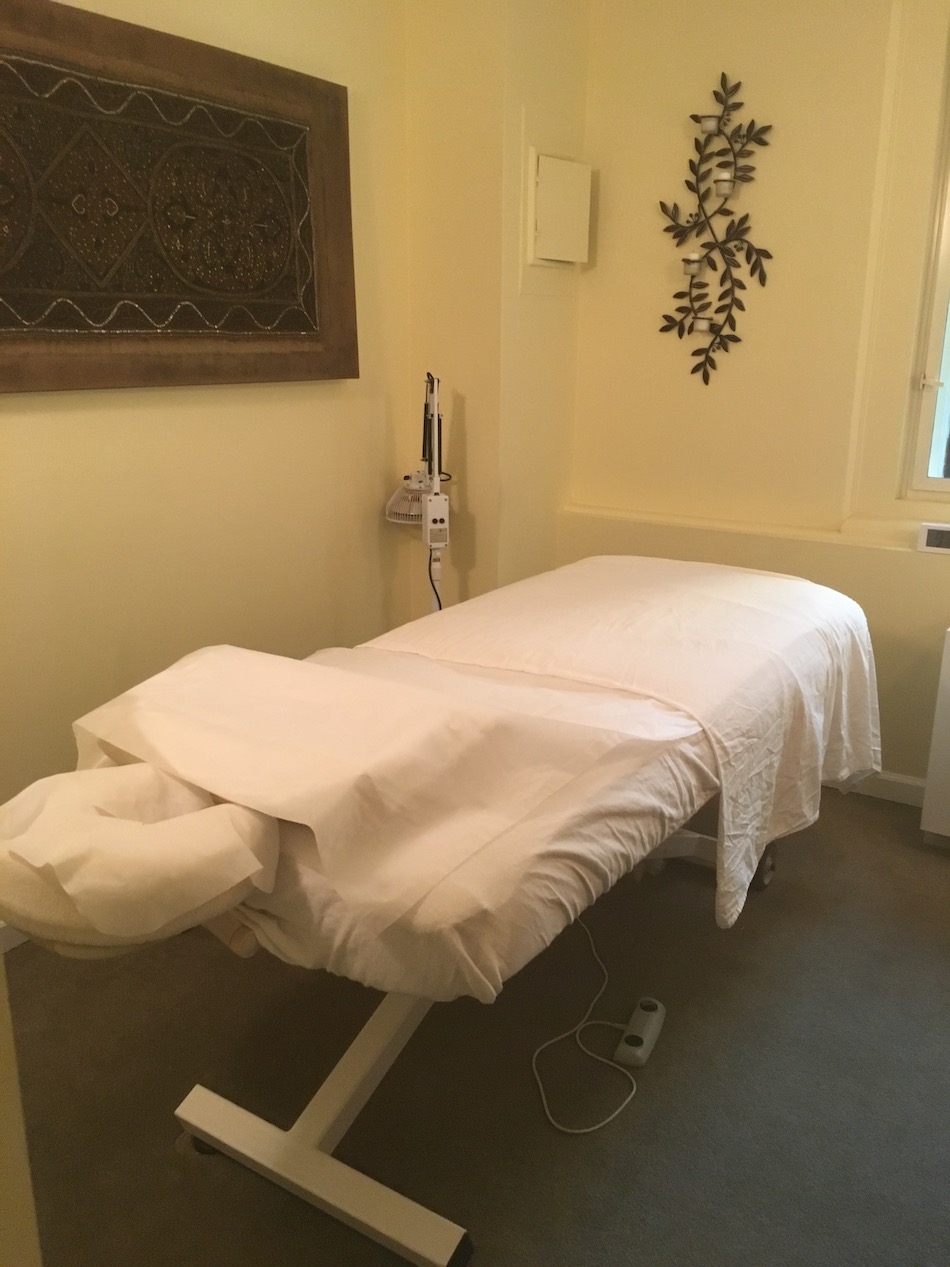
Before I could get started, I needed to find a reputable acupuncturist well-versed in performing acupuncture for migraines.
My search eventually led me to Erika Weber MS LAc, owner of 16th Street Acupuncture in New York City. Erika was trained at the Tri-State College of Acupuncture and has years of experience, so I trusted her to know exactly what my body needed.
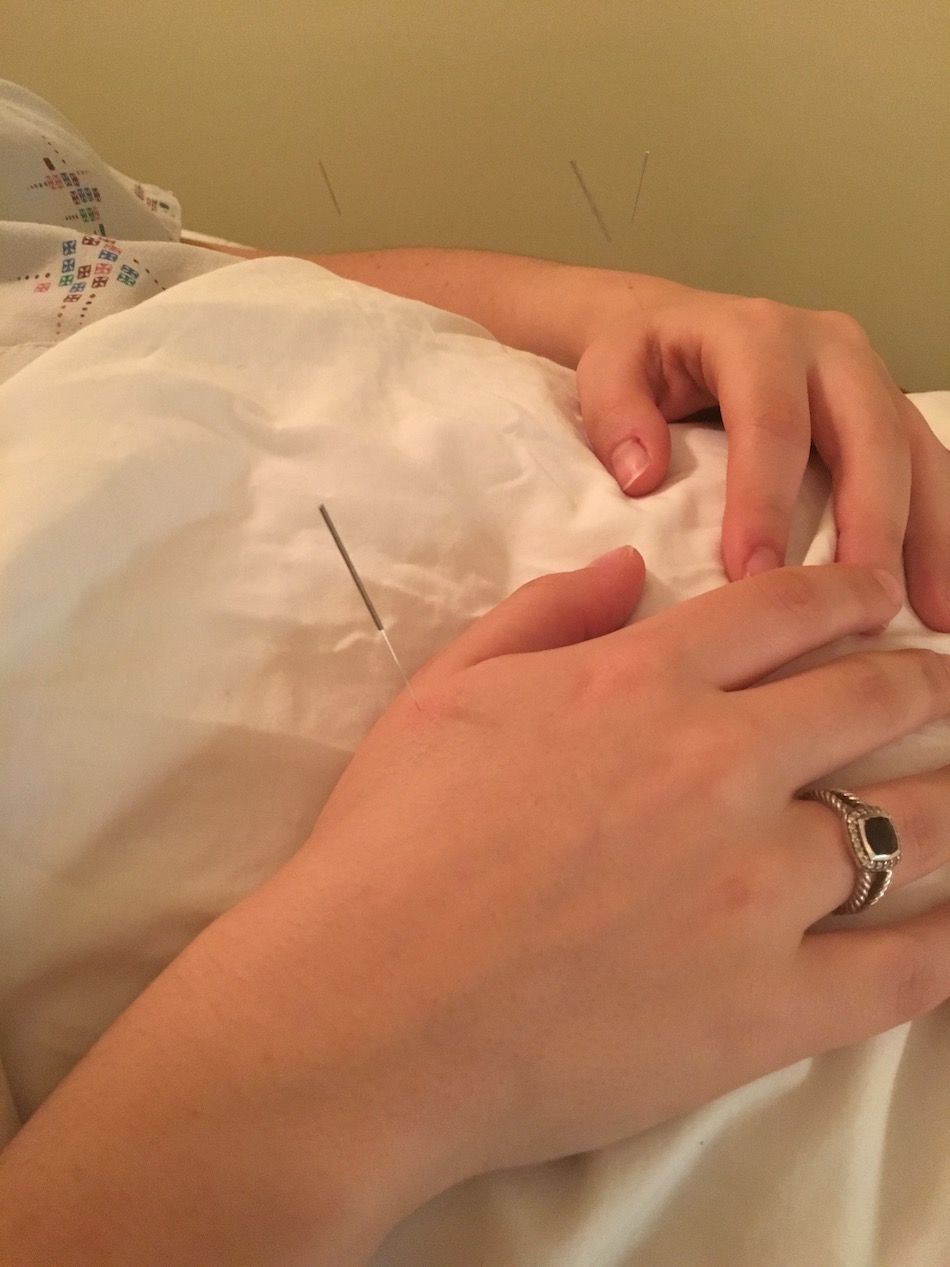
When I arrived for my appointment, Erika sat me down and asked me questions about my migraines and any health complications in the past. By getting to know where my migraines occurred on my head and what triggers them, Erika said, she would be able to better pinpoint the pressure points to target.
When we were done discussing my medical history, Erika had me change into a hospital gown so she could easily insert needles into my back.
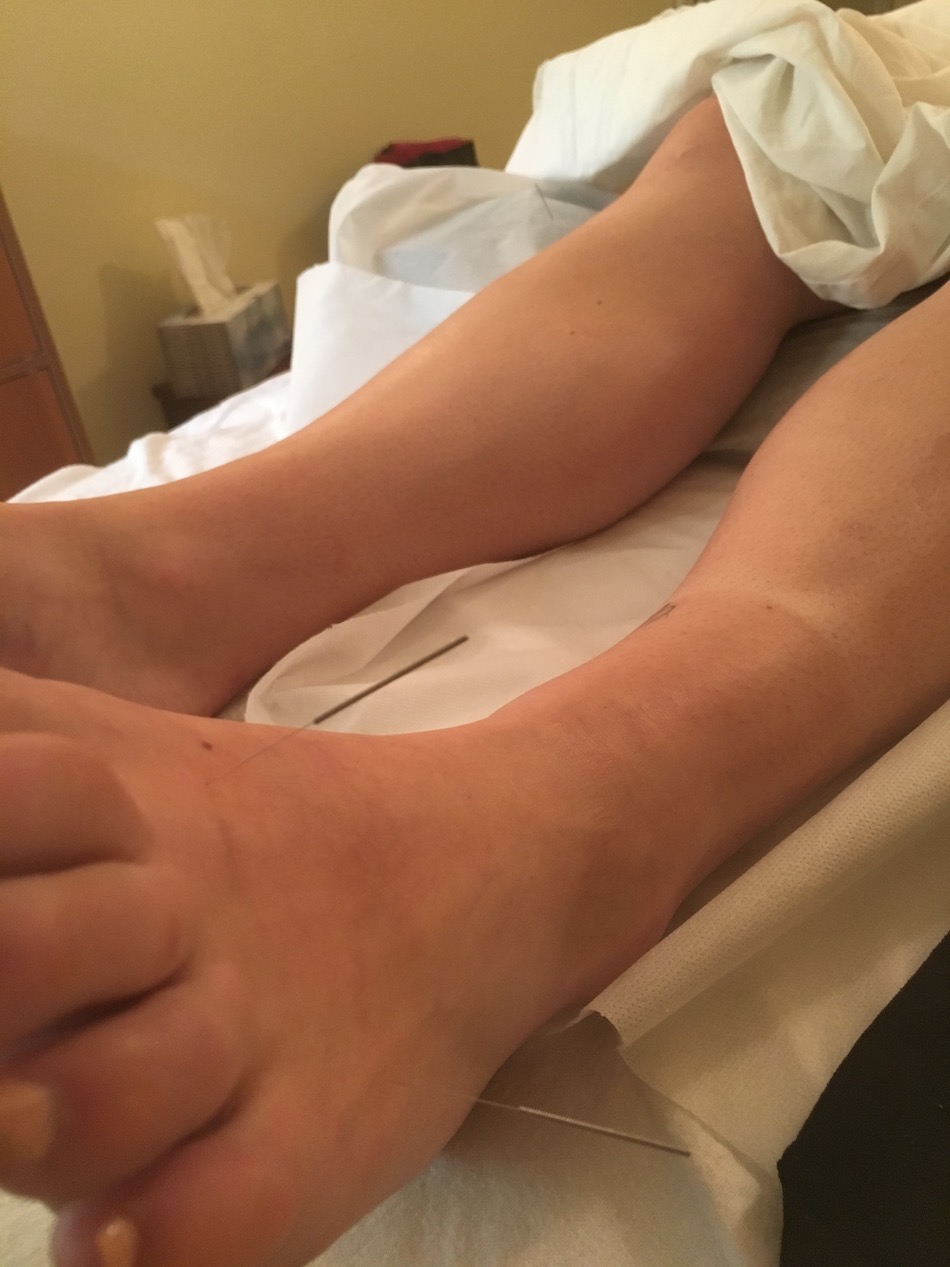
Once I was face up on the massage table and ready to go, Erika came back in and started to stick needles into my feet, legs, hands, and forehead.
I was nervous about so many needles being inserted into my body, but I couldn't even feel most of them. And the ones that I did feel felt like little more than a momentary pinch.
While I was confused at first by how a needle in my foot would help my migraines, Erika explained to me that these points on my foot were part of a larger meridian network, which traced all the way to my head. By restoring the blood flow and energy in my foot, my head would also reap the benefits.
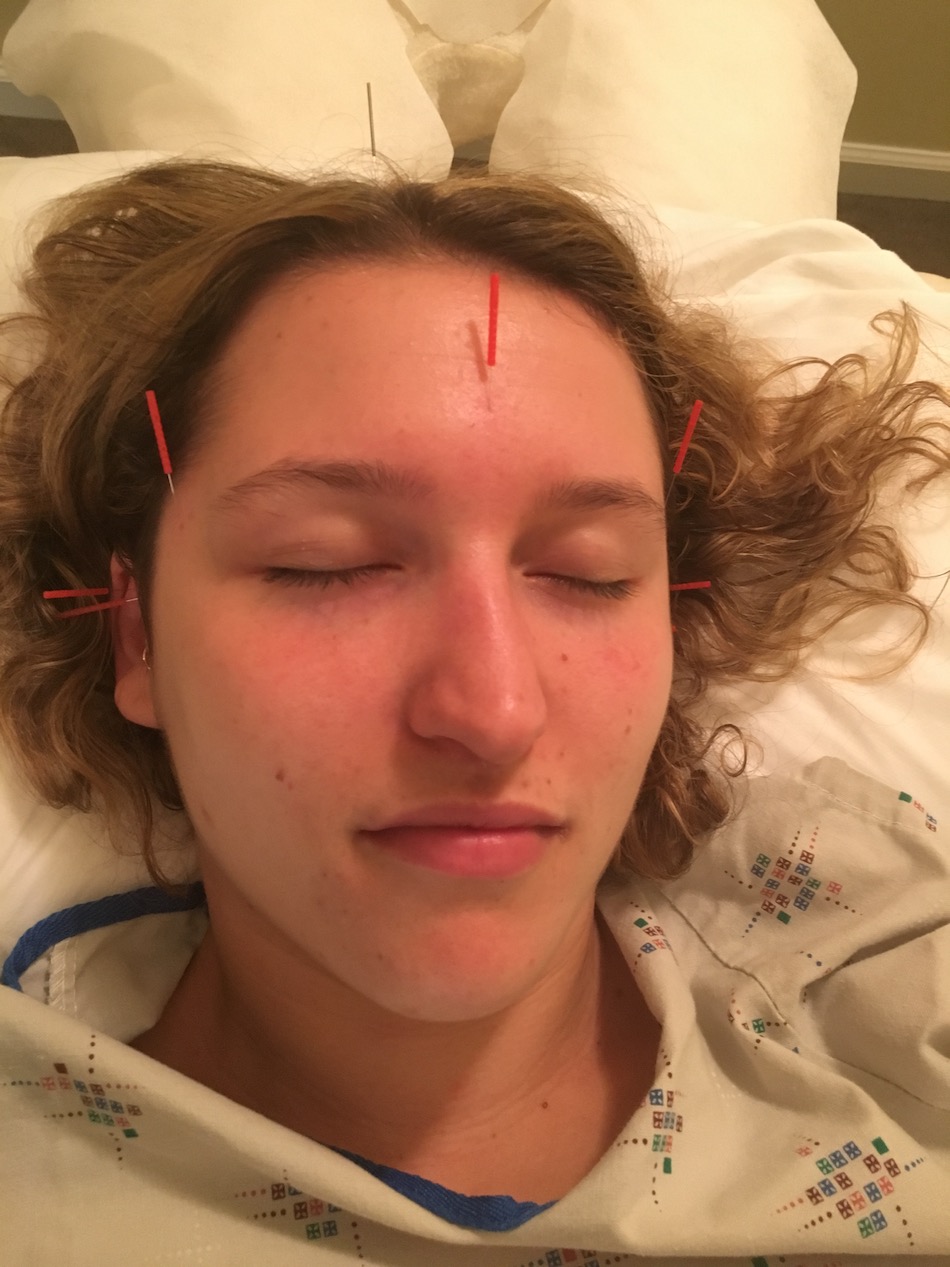
After the needles were all inserted, Erika left me to relax on the table for about 15 minutes.
I thought the pressure of staying still with so many needles inserted into my body would get to me, but I found it easy to close my eyes and relax while the needles did their job.
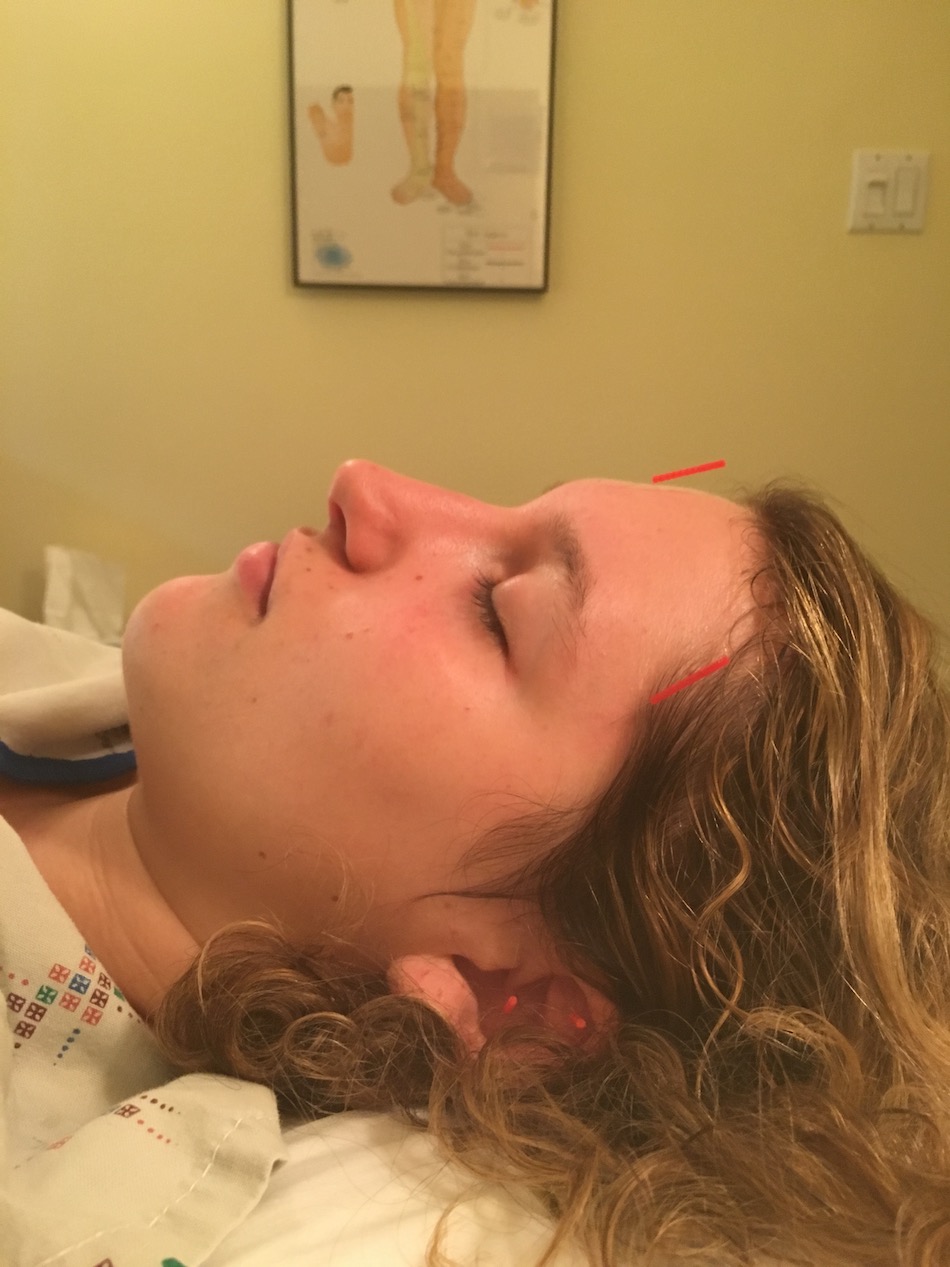
Maybe it was the serene music that Erika put on, or the smell of lavender that drifted through the room, but I found myself drifting off.
So much for preconceived notions that this would be a painful procedure.
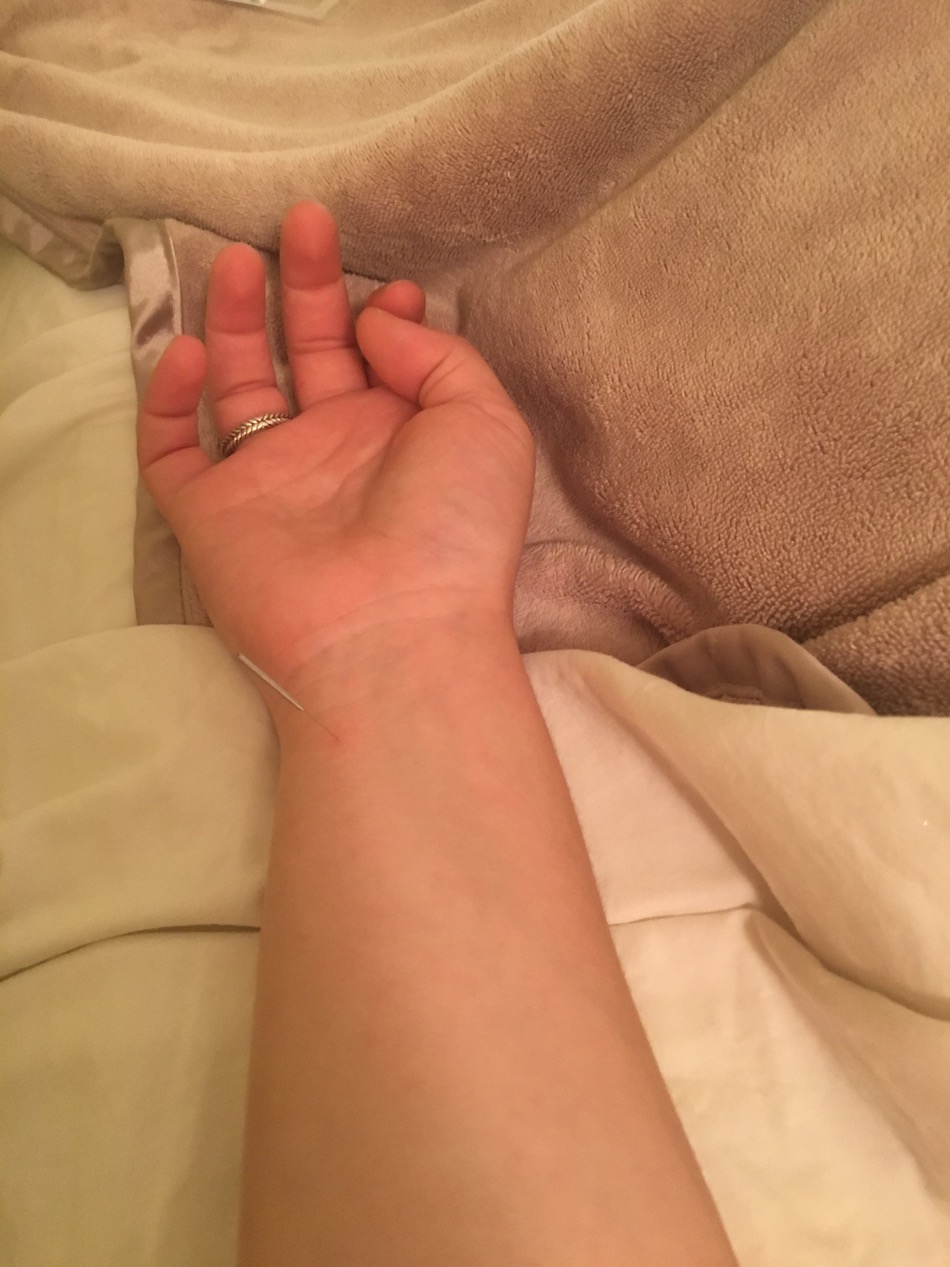
Once the first round of needles was removed, Erika had me flip onto my stomach so she could insert a second and final set.
This time, the needles were inserted into my neck, back, and wrist. For another 15 minutes, I closed my eyes while the needles did their job. And once again, I felt little to no pain despite my previous worries.
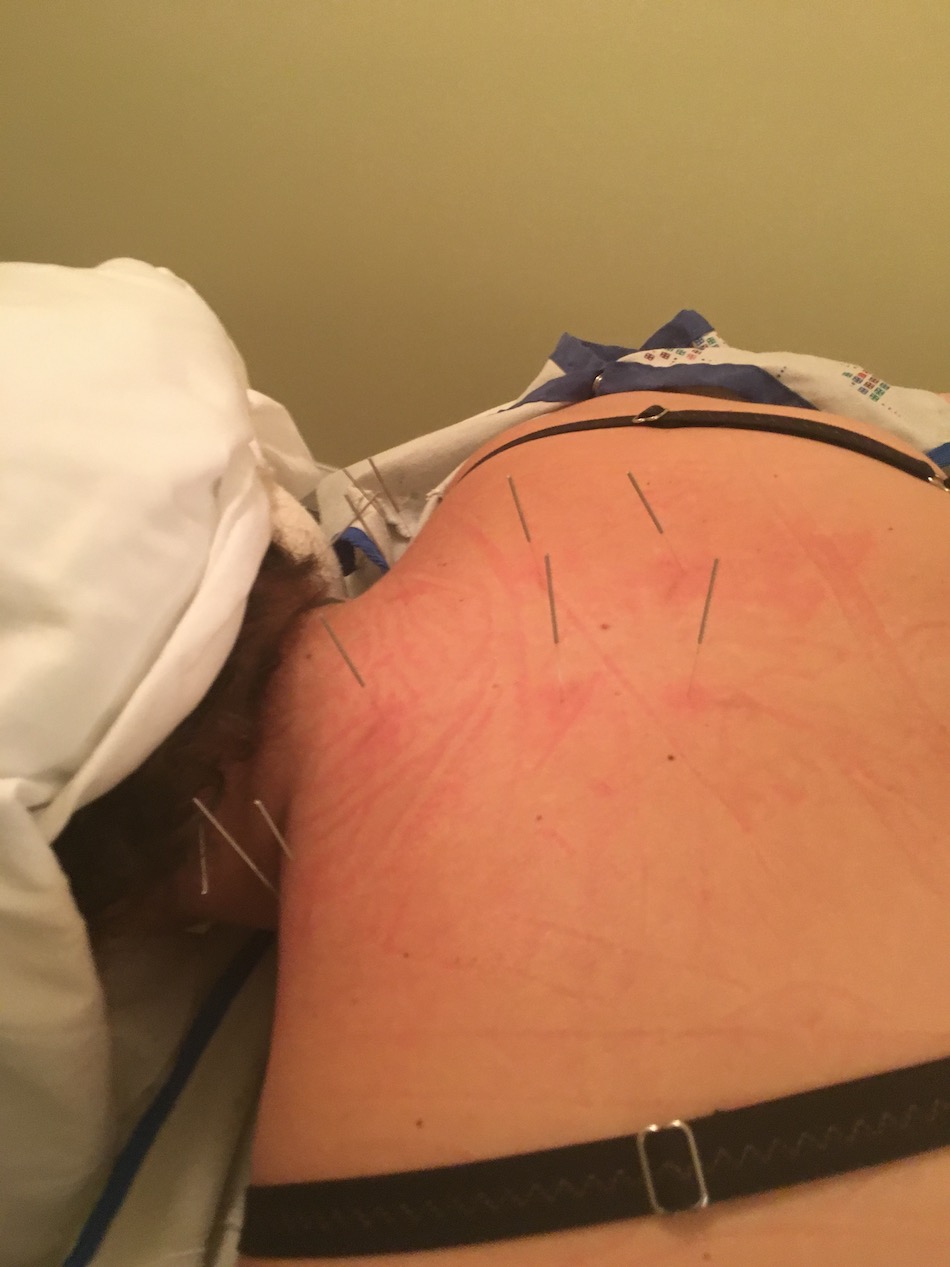
After two rounds of acupuncture on all areas of my body, Erika decided to take a look at my shoulders and back (areas of frequent pain for me) and noticed tension in those muscles.
Erika noted that since the shoulder muscles are closely connected to the nerves in the head, it might help for me to try cupping therapy.
Cupping therapy is another form of alternative medicine in which suction is used on the skin to bring blood to the surface and rejuvenate blood flow. Many people, including Olympic athletes, use cupping therapy for everything from pain to muscle recovery.
Erika noted that she often combines acupuncture and cupping therapy into one healing session, which, after some research of my own, I discovered was pretty common.
According to the Pacific College of Oriental Medicine, acupuncture and cupping therapy are effective when used together, as they follow the same meridians.

I've only heard good things about cupping therapy, and I'm hyperaware of the pain that radiates through my back and neck, so I agreed that it might help to give the therapy a shot.
Despite the bruises I've seen on people post-cupping therapy, I wasn't too nervous about this procedure being painful. After all, if I could handle thin needles puncturing my entire body, I could handle a few suction cups on my back.

Since the upper portion of my back was the tightest and causing me the most pain, Erika suctioned six glass cups to my upper back and shoulders.
Once the cups were situated and suctioned, Erika left me once again, only for eight minutes this time, as the cups willed blood to the surface and restored equilibrium in my body.
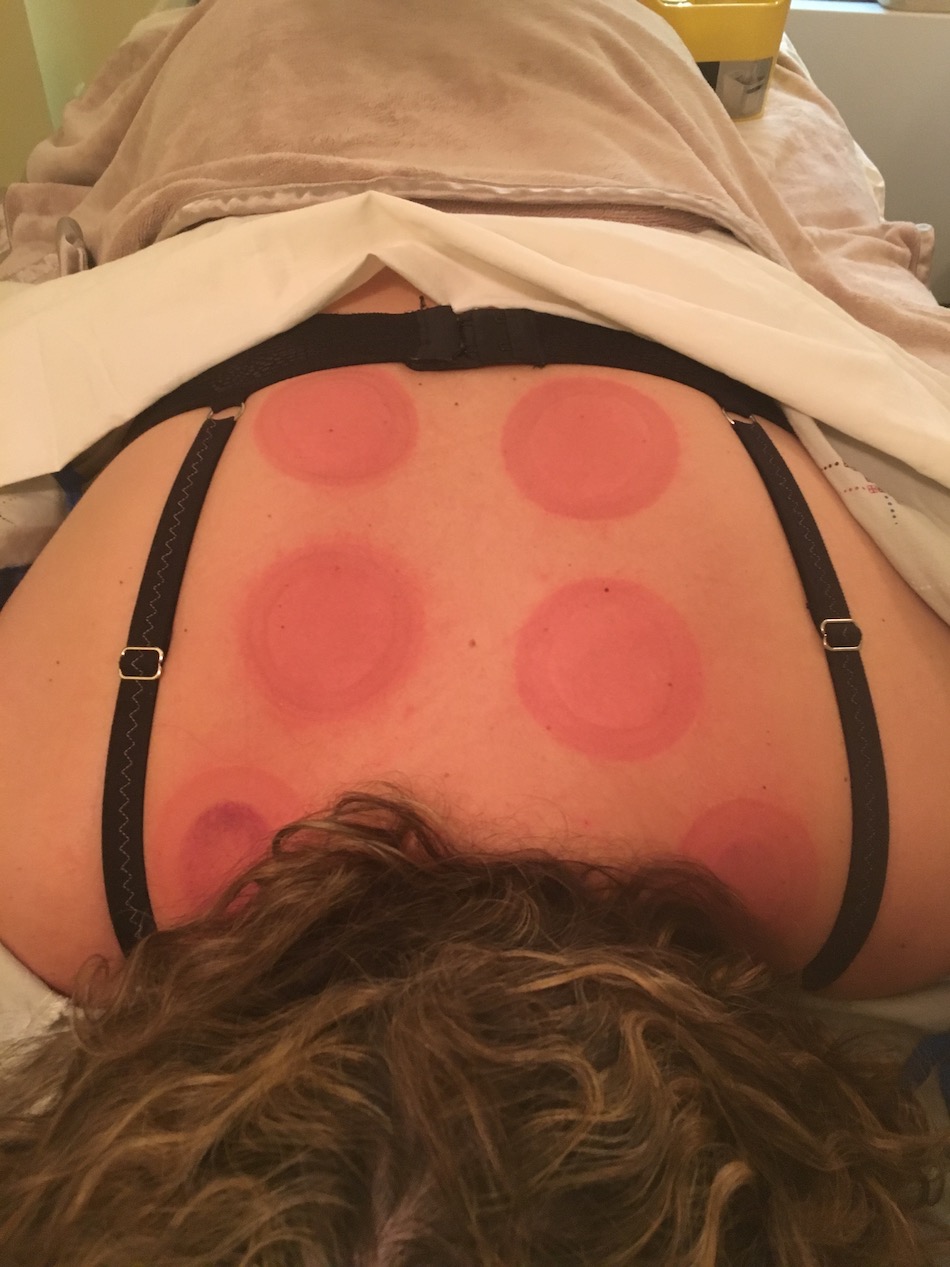
As you can see, just eight minutes with the cups on left some significant bruises on my back.
The marks on my shoulders were much darker and more pronounced than those on the rest of my back, which Erika said was an indication that there was a lot of "old blood" in my shoulders that needed to be cleared.
The cupping, she said, would restore blood flow to these areas and ease the tension I'd been feeling.
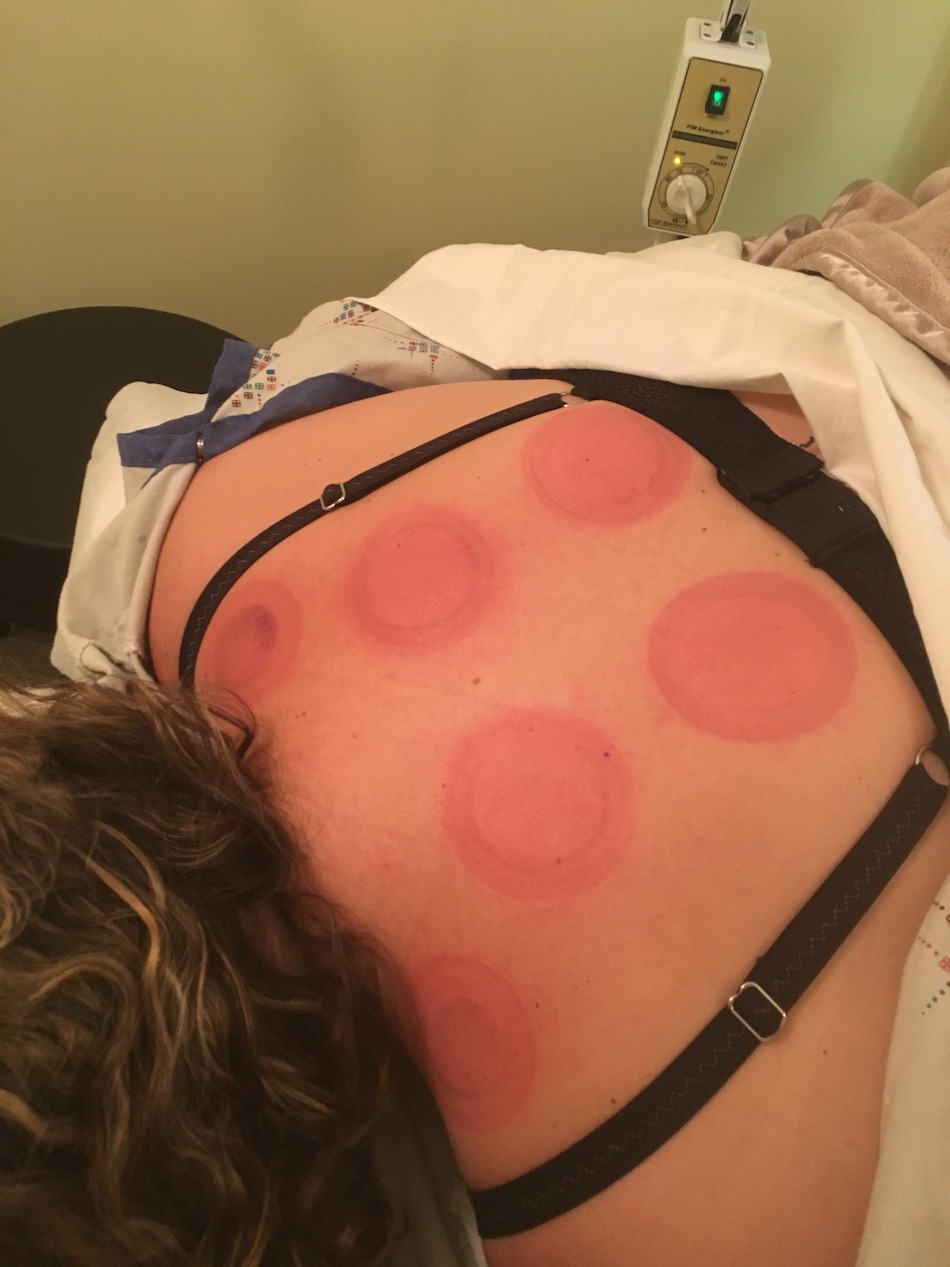
Despite what these markings might indicate, the cupping and the subsequent bruises didn't hurt at all.
In fact, just a few hours after my cupping procedure was complete, I noticed that the tension in my shoulders was completely gone.
Post-Treatment
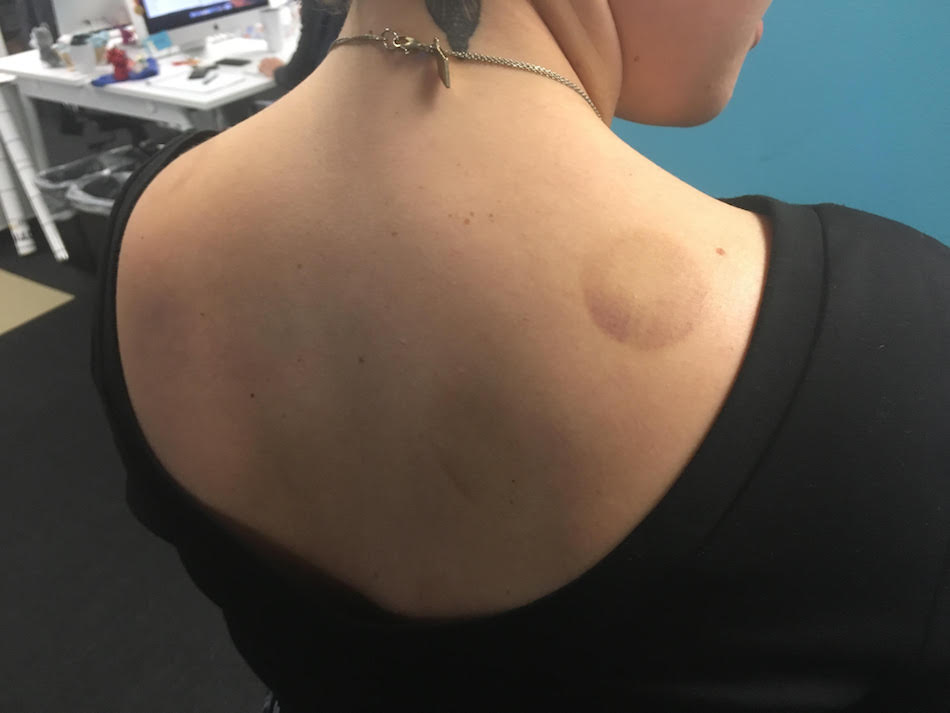
After my acupuncture and cupping procedures, I felt a subtle energy throughout my mind and body — not the kind of energy you get from drinking five cups of coffee, but the kind you get from hours of meditation.
It's been about four days now since I had my acupuncture and cupping procedures done, and in those four days, I haven't experienced any migraines (knock on wood).
This doesn't seem like much of an accomplishment for most people, but recently I've been averaging anywhere from one to three migraines per week, so having no tension in my head is a huge and welcome change for me.
Also, since getting the cupping procedure done, I've noticed that my shoulders are much less tense than usual, which is another welcome change.
Given that I lift weights a lot, my shoulders knot up easily, but since the cupping procedure, I haven't experienced any pain or pressure.
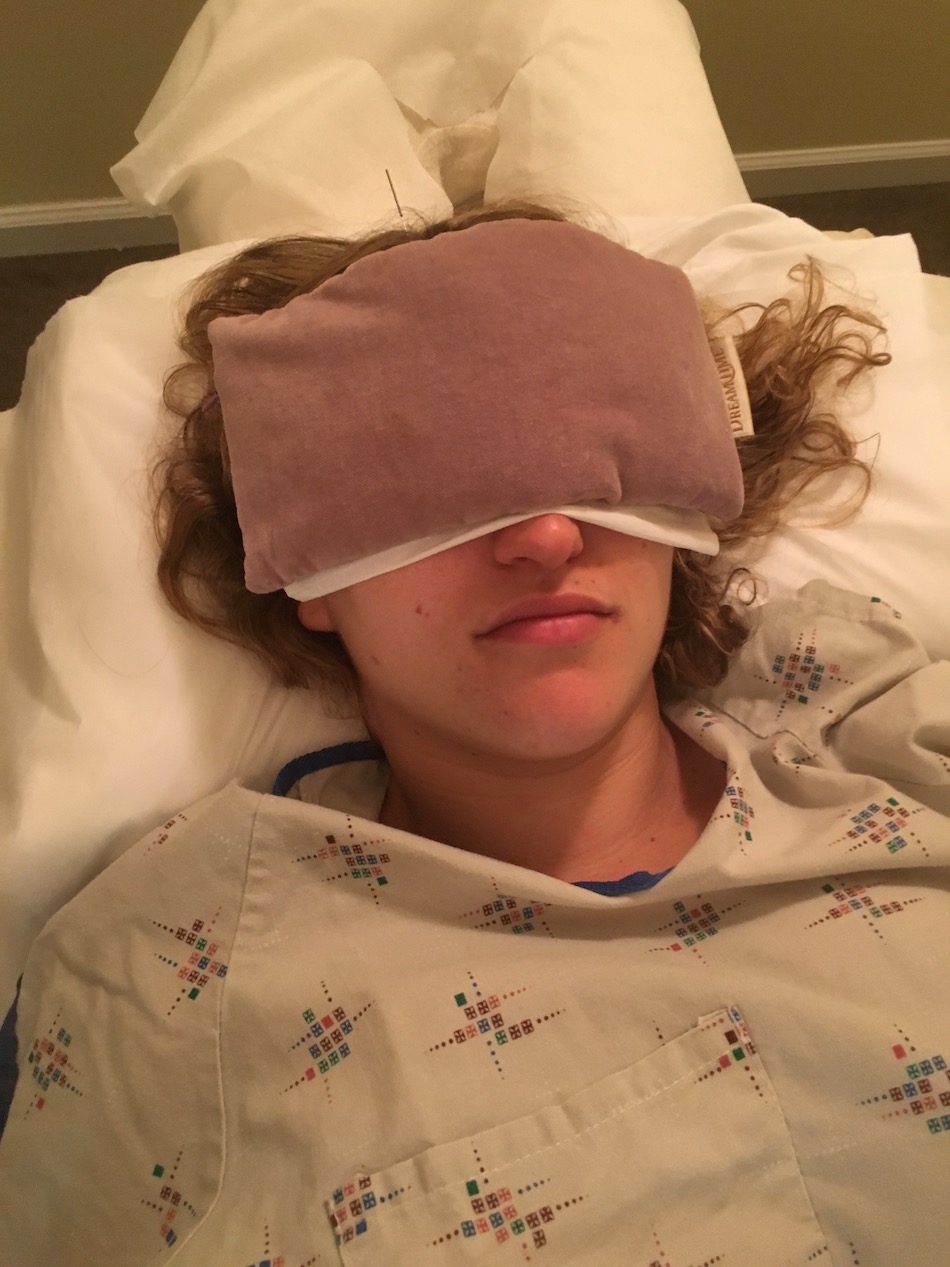
For something like migraines or chronic pain, Erika recommends getting acupuncture and cupping done once a week.
Usually it takes anywhere from three to five treatments before patients start seeing results, but I have noticed immediate changes in my head, back, and overall well-being after just one session. With even more sessions, I can only imagine the pain-free life I might live!
Do you know someone who suffers from chronic pain? Make sure to SHARE this article with them on Facebook!




